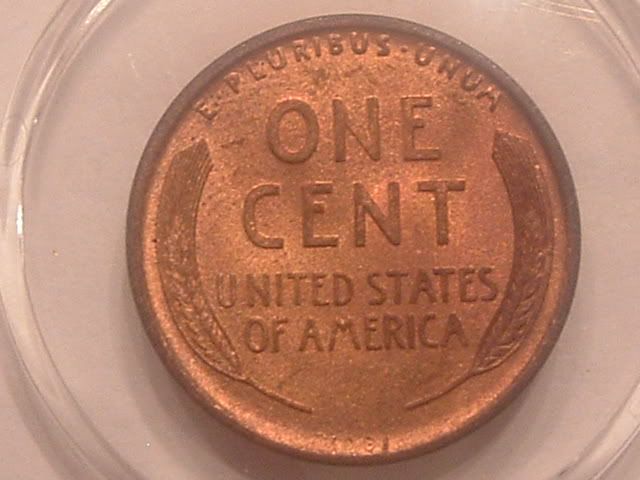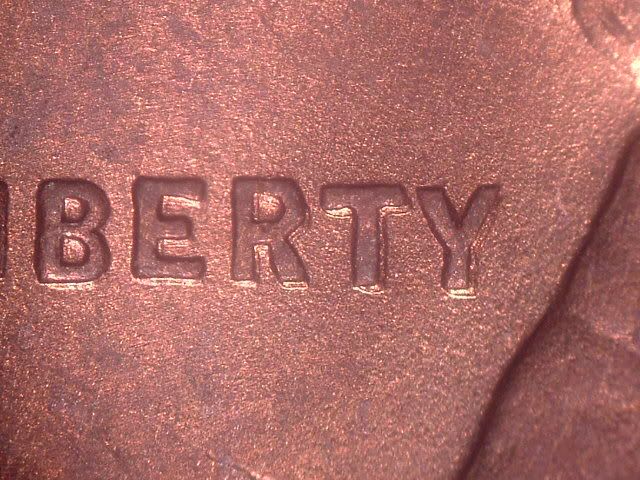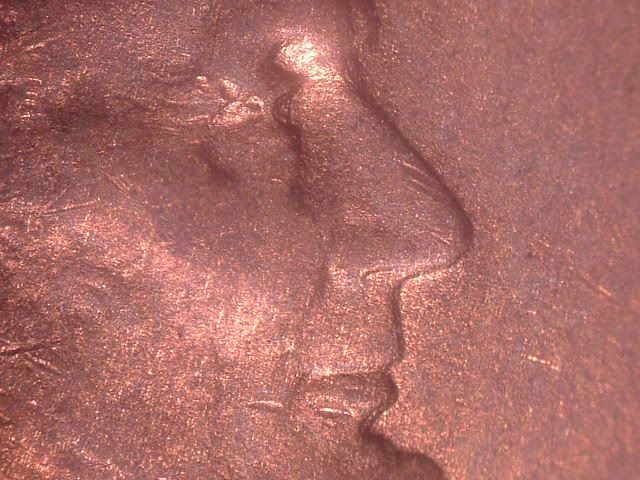Options
Cherryed this one today 1909-P Lincoln Cent.
What do you think? Picked it for $28.50












Hoard the keys.
0
Comments
Michael Kittle Rare Coins --- 1908-S Indian Head Cent Grading Set --- No. 1 1909 Mint Set --- Kittlecoins on Facebook --- Long Beach Table 448
Hoard the keys.
Eric
edited to add the darn adjective
<< <i>It's raw I put it in a coinsafe holder. >>
gotcha, didn't see that last pic...
looks like a solid 62RB or 63RB, well worth multiples of the price paid
Michael Kittle Rare Coins --- 1908-S Indian Head Cent Grading Set --- No. 1 1909 Mint Set --- Kittlecoins on Facebook --- Long Beach Table 448
Eric
CONECA: 1-O-IV | Crawford: CDDO-001
Wexler: WDDO-001 | FS#: 1c-012
Hoard the keys.
Michael Kittle Rare Coins --- 1908-S Indian Head Cent Grading Set --- No. 1 1909 Mint Set --- Kittlecoins on Facebook --- Long Beach Table 448
An authorized PCGS dealer, and a contributor to the Red Book.
WS
My first impression when I looked at the pictures was that the coin merely exhibits "machine doubling"; and that the coin is not a true doubled die. This thought of mine stems from the numerous threads posted previously asking about coins that show some sort of doubling and the information on doubling contained in the Cherrypicker's guides. However, most of the prior threads deal with coins which are post WWII production coins. Many of the coins pictured in those threads exhibit machine doubling and not true die doubling.
The coin in this thread is a 1909 cent and the appearance of same points to machine doubling. So that caused me to think about changes in production technology at the mint over time and to question when "machine doubling" first began to occur.
Your thoughts please [in fact I think I will start a separate thread on this question]?
But there is a great TrueView pic of dbemike's old 1909 VDB DDO FS-1101...
Link to Thread
Michael Kittle Rare Coins --- 1908-S Indian Head Cent Grading Set --- No. 1 1909 Mint Set --- Kittlecoins on Facebook --- Long Beach Table 448
Definitely doubled die #1, the old FS-012 new FS-1101.
On most machine doubled coins the second hit is a step/shelf into the original design so other than some smearing the width/thickness of the design is the normal size with a step/shelf into it. On most doubled dies you can see the normal design plus the extra section from the other hubbing like you see on this coin.
I do like this variety but I agree it's not that major but it is the first year so it's sort of a must have for variety collectors. The 1909 die-2 is even more that way, if not on the first year of issue the die-2 would be mostly ignored.
Cherrying the die-1 is a nice score!
<< <i>This is an interesting thread, particularly with the posted pictures of the portions of the 1909 cent showing the doubling.
My first impression when I looked at the pictures was that the coin merely exhibits "machine doubling"; and that the coin is not a true doubled die. This thought of mine stems from the numerous threads posted previously asking about coins that show some sort of doubling and the information on doubling contained in the Cherrypicker's guides. However, most of the prior threads deal with coins which are post WWII production coins. Many of the coins pictured in those threads exhibit machine doubling and not true die doubling.
The coin in this thread is a 1909 cent and the appearance of same points to machine doubling. So that caused me to think about changes in production technology at the mint over time and to question when "machine doubling" first began to occur.
Your thoughts please [in fact I think I will start a separate thread on this question]? >>
You know I saw that as well and almost passed on it. Then I went to my car pulled the laptop out and loged on to PCGS took a better look and yup thats him and I went back in and took a better look it was it pulled the triger and poor old Lincoln did not know what hit him. I shot a bit high the open bid was $26.00 but no one took a shot after I put $28.50 but I keept a eye on it till it closed and saw it was mine...
Hoard the keys.